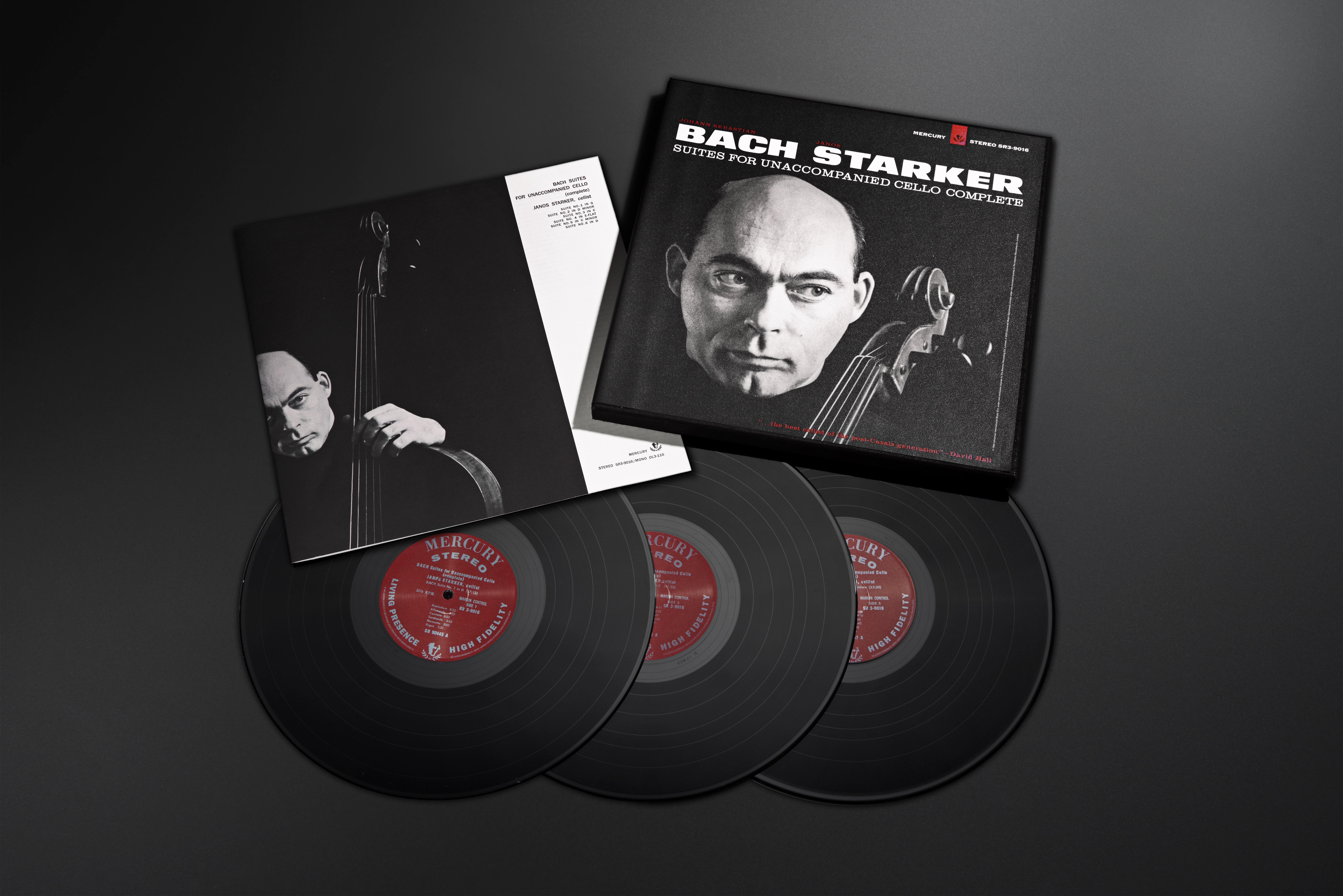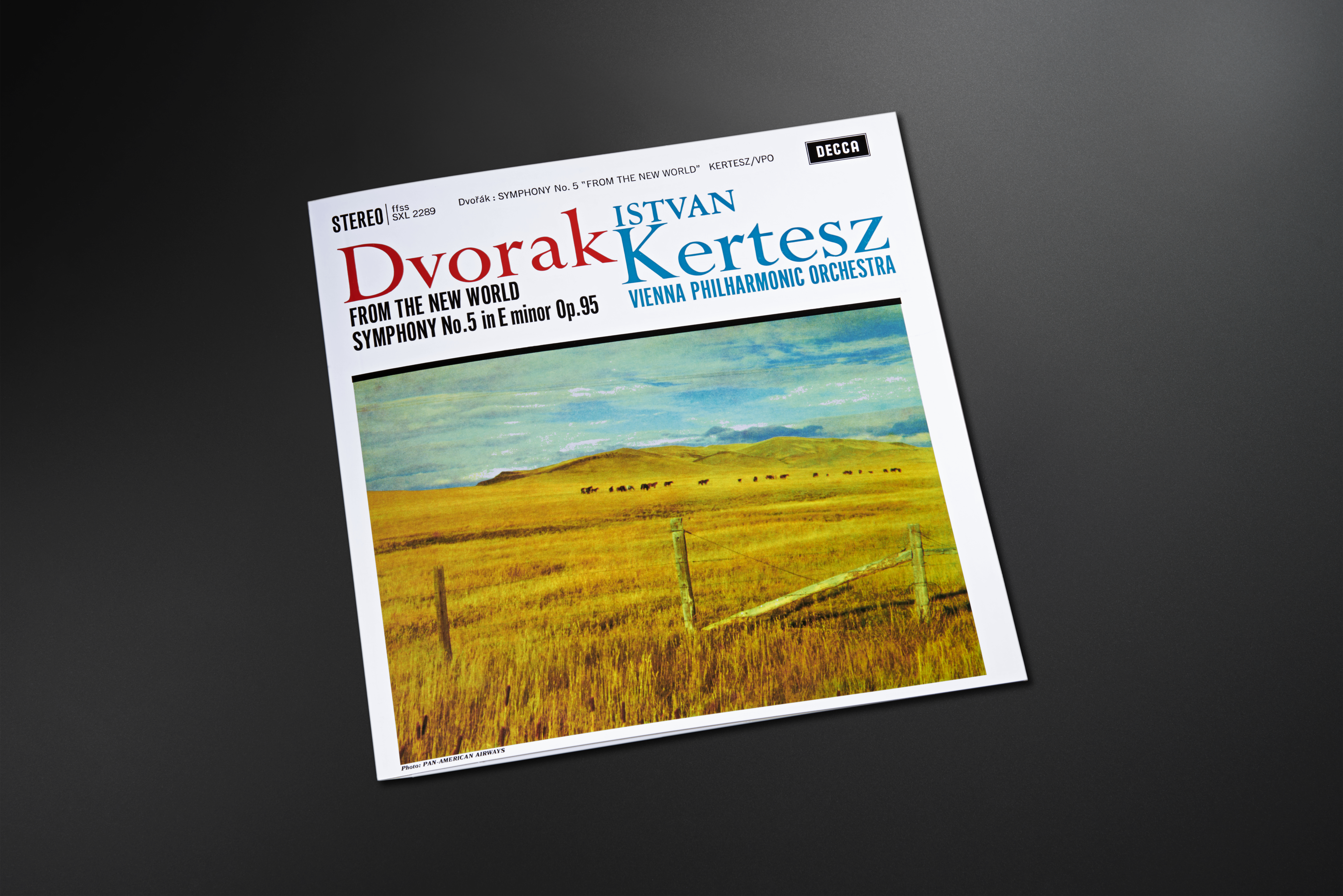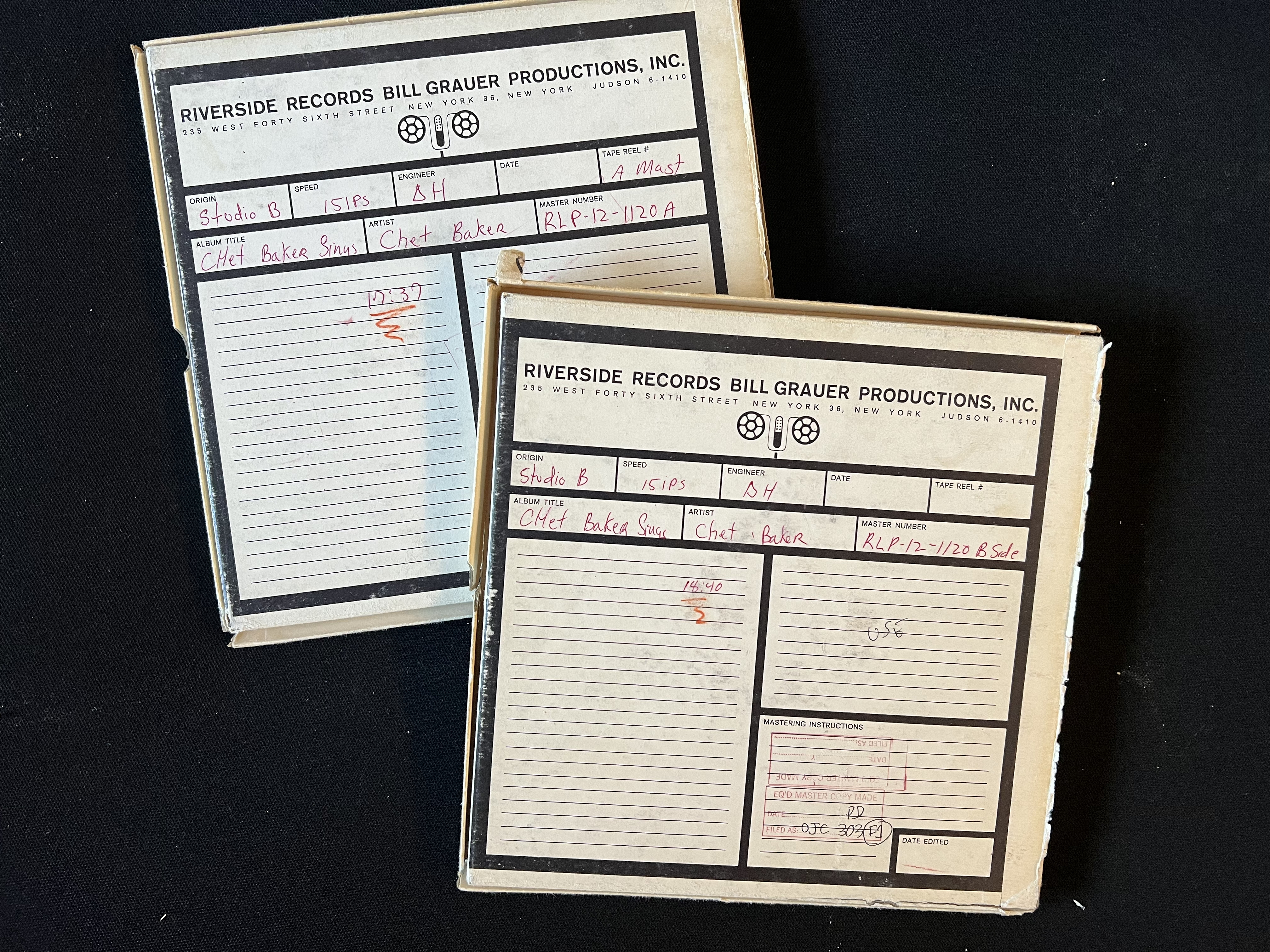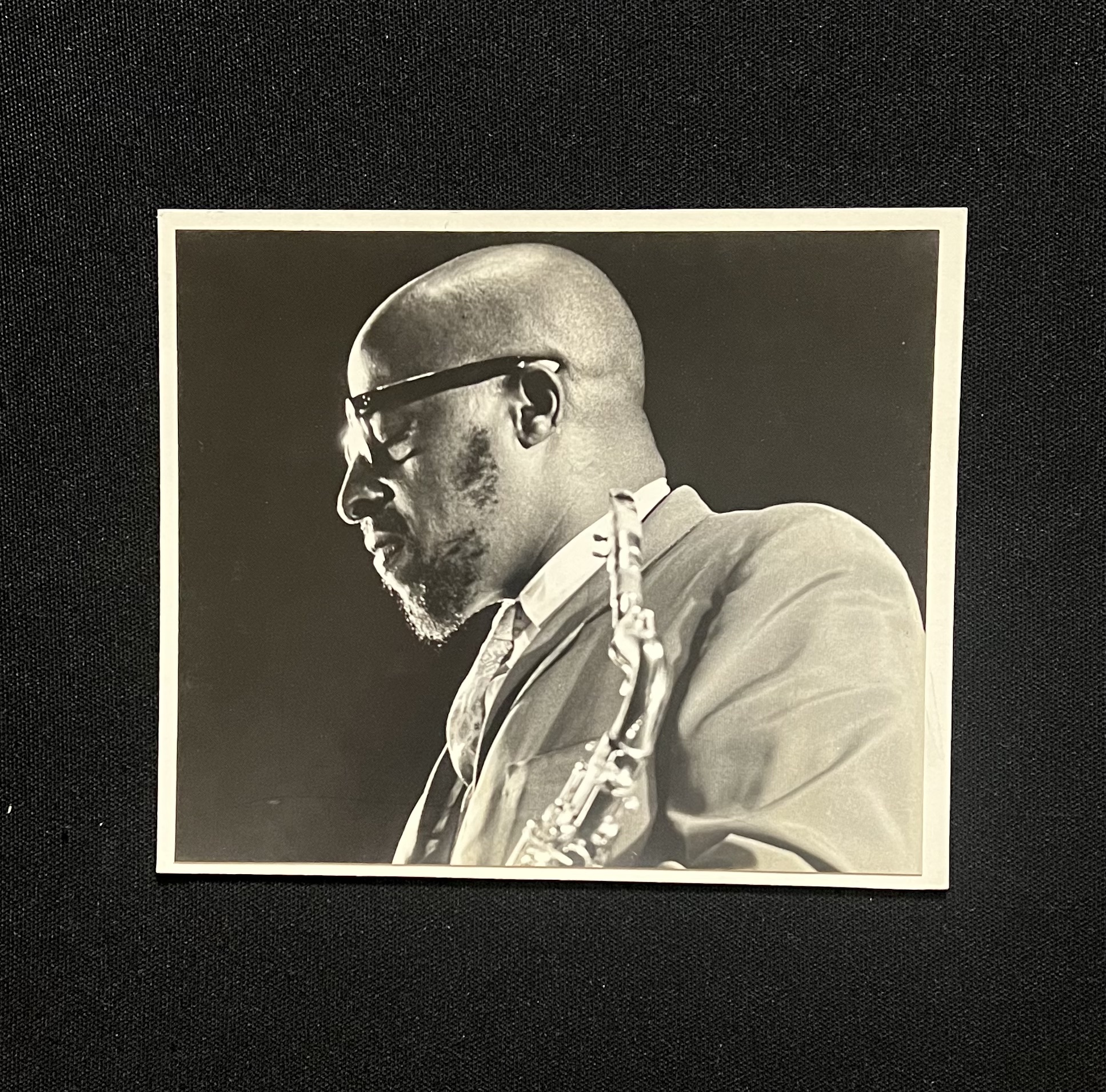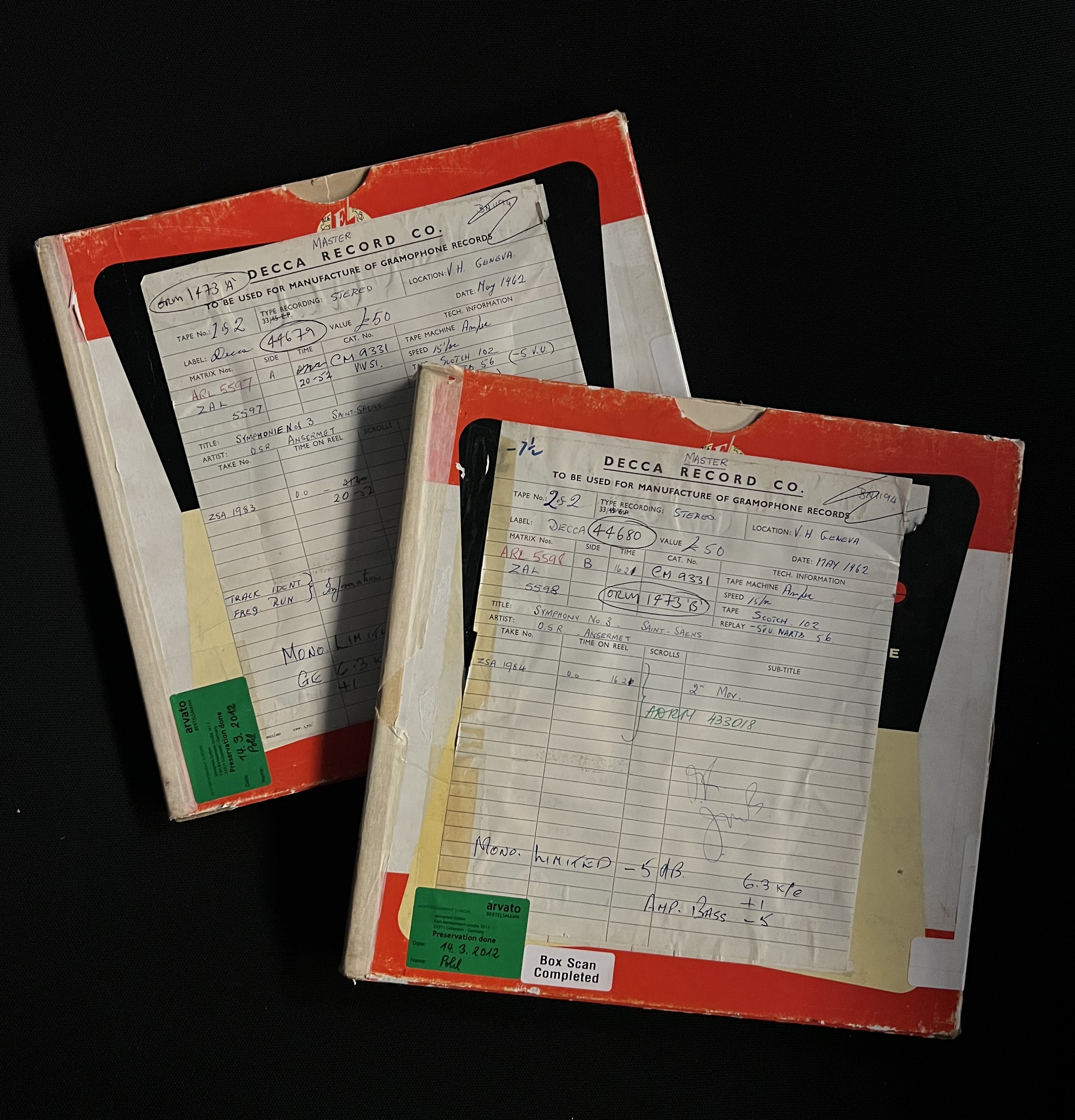Charles-Camille Saint-Saëns (9 October 1835 – 16 December 1921) was a French composer, organist, conductor and pianist of the Romantic era. A musical prodigy; he made his concert debut at the age of ten. After studying at the Paris Conservatoire he followed a conventional career as a church organist, first at Saint-Merri, Paris and from 1858 La Madeleine; the official church of the French Empire. After leaving the post twenty years later he was a successful freelance pianist and composer in demand in Europe and the Americas.
Ernest Alexandre Ansermet (11 November 1883 – 20 February 1969) was born in Vevey, Switzerland. Originally he was a mathematics professor teaching at the University of Lausanne. He began conducting at the Casino in Montreux in 1912 and from 1915 to 1923 was the conductor for Diaghilev’s Ballets Russes. During World War I he met Igor Stravinsky, who was exiled in Switzerland, and from this meeting began the conductor’s lifelong association with Russian music.
In 1918 Ansermet founded his own orchestra, the Orchestre de la Suisse Romande (OSR). He toured widely in Europe and America and became famous for accurate performances of difficult modern music. After World War II, Ansermet and his orchestra rose to international prominence through a long-term contract with Decca Records.
Saint-Saëns completed his Symphony No. 3 in C minor, Op. 78—the Organ Symphony—in 1886, at the height of his career. Commissioned by the Royal Philharmonic Society and dedicated to Franz Liszt, it uniquely features the pipe organ in two of its four movements.
Originally released on Decca in 1963 Ansermet’s interpretation is a model of clarity, control, and refined grandeur, emphasising balance and transparency over sheer spectacle, bringing out the symphony’s architectural elegance. The famous organ entries are noble and dignified rather than overwhelming, blending seamlessly into the orchestral texture. Ansermet resists the temptation to rush or overindulge in romantic excess, allowing the thematic development to unfold with patience and poise. The slow movement is especially luminous under his baton,glowing with warmth and restraint.
Cut directly from the original analog master tapes, through our unique all valve 1965 Ortofon / Lyrec vinyl cutting system in stereo. No equalisation, compression or any other processing was added during the cutting process.
All sleeve artwork made by hand and authentically letter-pressed on a 1963 Heidelberg SB.
This edition of 300 copies is priced at £395.00 UK pounds and shipping at the end of July 2025. Order here.
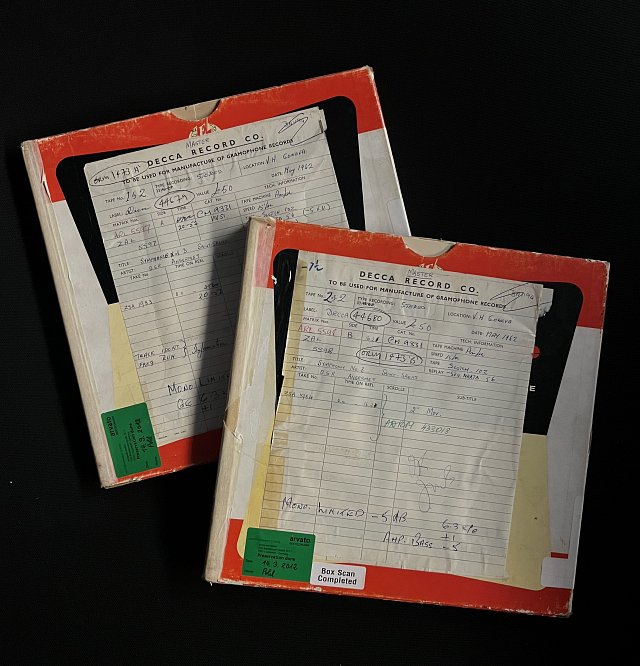 Original master tapes.
Original master tapes.
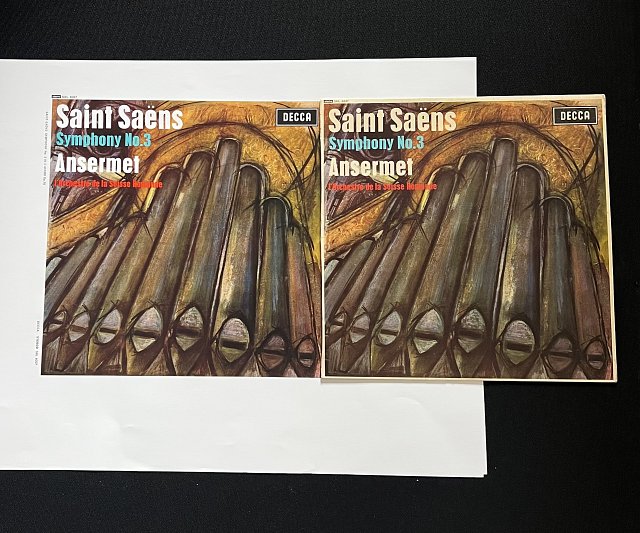 Original sleeve and ERC letter pressed proof (front).
Original sleeve and ERC letter pressed proof (front).
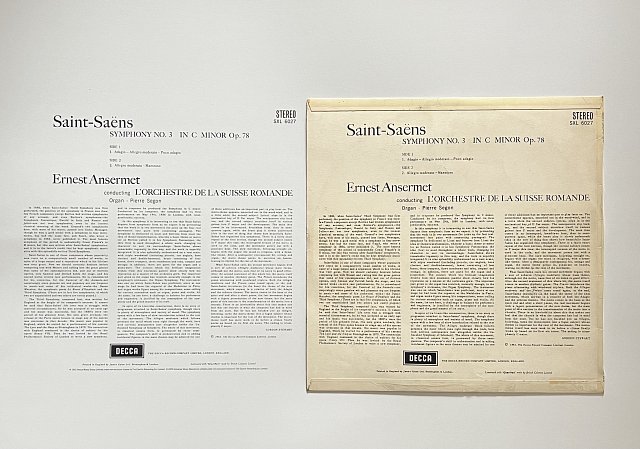 Original sleeve and ERC letter pressed proof (rear).
Original sleeve and ERC letter pressed proof (rear).

